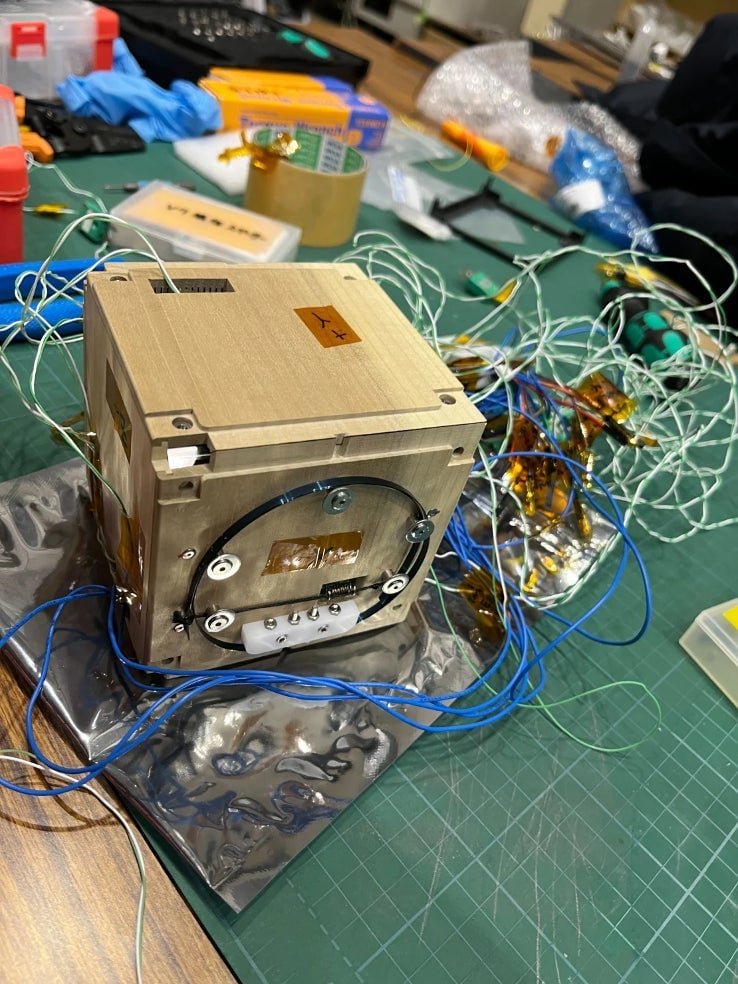🚀 Space Business: The Starship Injury Enterprise
SpaceX workers have suffered hundreds of workplace injuries since 2014, a Reuters investigation found

SpaceX launched its Starship rocket over the weekend, and unlike its first launch attempt, this one cleanly left the landing pad and made a striking ascent into space. However, 10 minutes into what was meant to be a 90-minute flight, the rocket exploded. Or, as they say in the business, it experienced a “rapid, unscheduled disassembly.”
Suggested Reading
If it can someday manage to not rapidly disassemble, Starship will take crews to the Moon, Mars, and beyond. And Elon Musk, in a bid to get there as soon as possible, is pushing his company at a lightning pace. But that’s leading to an arresting number of workplace injuries. According to a recent Reuters investigation, a lack of safety equipment and a failure to train new employees has led to crushed limbs and lost eyes. And that’s just the start of it.
Related Content
Since 2014, SpaceX has had at least 600 workplace injuries, Reuters found, from electrocutions to amputations and even one death. And that’s probably just fraction of the real injury total, as those numbers aren’t publicity available.
SpaceX hasn’t regularly disclosed its annual injury-and-illness statistics over the last decade. (The incidents counted by Reuters came from lawsuits, medical records, and court documents.) However, the company’s own reporting in 2022 revealed an injury rate six times higher than the space-industry average. As a former SpaceX senior avionics engineer told Reuters, in its hasty push to go Mars “the company justifies casting aside anything that could stand in the way of accomplishing that goal, including worker safety.”
Musk himself has shown disregard for worker safety by playing with flamethrowers in an office setting and requesting yellow safety vests and equipment to be recolored due to what Reuters described as his “aversion to bright colors.” This indifference wouldn’t be his first alleged workplace transgression— he’s also been the subject of sexual harassment allegations, has been sued for allegedly fostering a toxic culture at Tesla, and is facing financial repercussions from (now former) advertisers at X for endorsing an antisemitic tweet.
The Reuters investigation brings to light some of the hidden costs of pushing space exploration. SpaceX plans to spend roughly $2 billion this year as it forges ahead in its race to space. But with an untold human toll alongside the hard expenses, that estimate doesn’t capture the full cost.
🌕🌖🌗
IMAGERY INTERLUDE
Researchers at Kyoto University are working with NASA and Japan’s JAXA to develop wooden satellites. One like this could fly as soon as next year.

📡 📡 📡
SPACE DEBRIS
Space Force readies for liftoff. In December, the agency will launch its X-37B Orbital Test Vehicle to conduct several tests and experiments.
Talking with lasers. NASA successfully tested its new Deep Space Optical Communications system that uses infrared lasers to transmit data between spacecraft and ground stations.
Space stocks are on the slide. Some companies are down as much as 80% this year.
Space Norway is expanding. It’s buying a state-run division known for its Thor satellites.
This week’s Space Business newsletter was authored by science writer and photographer Mara Johnson-Groh, and edited by Heather Landy.
Last week: A tool bag on the loose.
This was issue 204 of our newsletter. Hope your week is out of this world! Send safety equipment, communication lasers, tips, and informed opinions to [email protected].